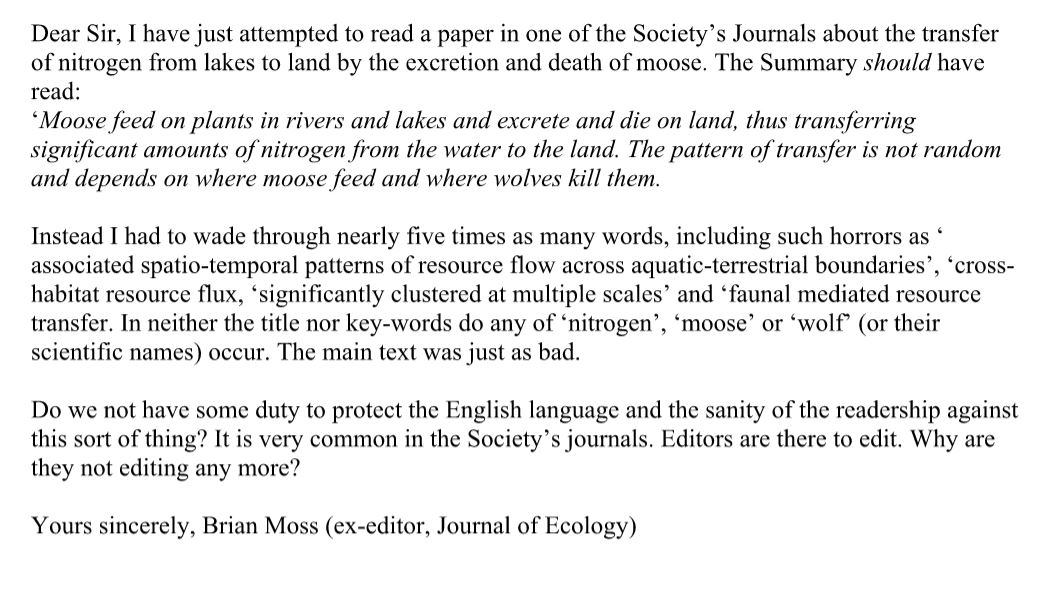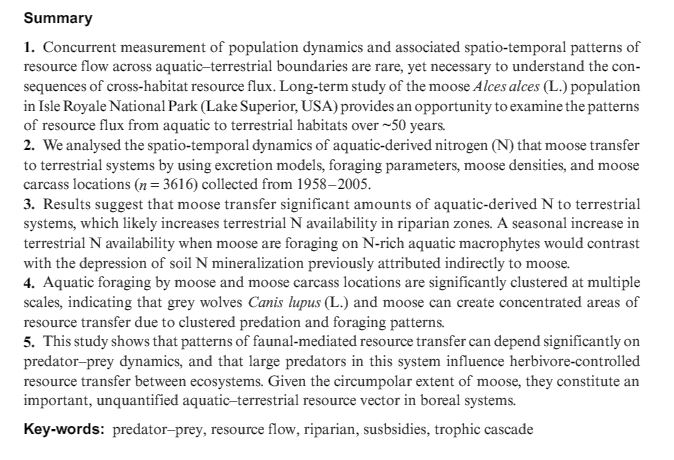Writing a paragraph
Last month I wrote a blog about writing a scientific paper in a formulaic style, as well as the advantages that this has over starting from scratch each time. The suggestion was that once the data is collected, and the analyses are complete, you sketch out your paper in a 'bullet-point' outline. This outline will give you an idea of the subject in each paragraph, as well as how the paragraphs fit in with each other. The other suggestion was to assign citations to this outline to help you remember those main ideas.
Writing paragraphs has a skill all of its own, and the aim of this blog is to go over the basics of how to put a paragraph together.
In the paragraph above, the topic sentence is red, the supporting sentences are green and the clincher is blue.
Topic sentence
A topic sentence allows the reader to understand quickly the idea/topic you are putting forward in the paragraph. It must be in the context in which you are going to develop the same topic. There’s no point in just mentioning a topic in passing or using it in a different way than you will later.
Make your topic sentence relatively simple. Don’t be tempted to add multiple clauses. If the topic sentence is too complex, you’ll lose your reader right at the beginning of the paragraph.
Supporting sentences
Supporting sentences convey all the relevant information to the reader. They are going to be statements that are well cited, showing readers where the original ideas came from. Be sure to keep these sentences on topic, and regularly refer back to your outline to make sure that you keep to the original objective of the paragraph. These are the meat of the paragraph and it’s really important to get them right.
If you are writing about differences, then state which way the difference is. If bullfrogs are larger than leaf litter frogs, then say this. Telling your audience that something is different than something else only ends up leaving them guessing about the way in which the things are different. There’s no point in drip dripping this information through. Set it down in as little space as possible so that your reader doesn’t get bored.
Sentences within the meat of the paragraph interact, and there’s a great example to show how this is done here. These interactions usually dwell around pertinent variables (such as those that you are going to deal with in your paper). By using the same or similar words within the paragraph, you are able to demonstrate to the reader how those different points interact.
While repeating the names of the variables, or their abbreviations, can be helpful, repeating descriptive words becomes quite tedious to the reader. Repeatedly reading the same ideas repeated over and over quickly bores the reader (yes, I'm repeating myself - boring isn't it). It will also give the reader the impression that your vocabulary is very limited. These days you can do a quick right click on highlighted word to get a drop down list of synonyms. This can allow you to go back and replace your repeated word with: recurrent, frequent, recurring, repetitive, constant or continual. That’s more than enough to spice up the paragraph. However, if you’re not sure whether a word is correctly replacing another, ask a friend to read it.
Use an example
Examples are a very powerful way of conveying ideas in a short amount of space. Don’t replace your paragraph with an example, but do use an example if it shows the reader just what you want. You should be able to do this in a sentence (or two), but if you’re tempted to go on, it’s probably not a good example. Because the first paragraph sets out ideas, it's unlikely that an example there will be a good idea.
Avoid lists
I’m not a big fan of paragraphs which are simply a long list with little or no thought offered. The worst ones are where there are so many citations along the way that it’s really hard to pick out what is sentence and what is citation. I understand that it’s important to show precedent and that there is merit in showing how widespread an idea is over taxa or in different disciplines. You never find these lists in journals where words and/or citations are limited, which suggests that you can dispense with them.
Don’t bamboozle
It’s easy to use jargon. The whole point of jargon is to convey a (usually complex) idea in a short amount of space. Using a word (or two) instead of using several sentences clearly has some advantages. However, there is such a thing as too much jargon. Simply put, it’s unnecessary to use jargon when you can use plain English in the same amount of space. My old tutor at Liverpool University, the late, great Brian Moss, shared the following example of too much jargon, when plain English would have been much shorter. The fact that it gave Moss a chance to write about moose wasn’t lost on anyone!
Brian was so unhappy after reading the above that he felt compelled to write the following letter that was published in the BES Bulletin.

The last sentence of the paragraph: the clincher
Once you’ve conveyed all of the information that you planned to impart in your outline, it’s time for the last sentence. This should conclude the evidence that you’ve provided on your topic. Try not to make it lame. For example: “This shows that little work has been done.” Instead, make it a real clincher about why the topic is important, or how and why you will tackle it. Instead (or as well if you can), you may want this sentence to link on to another paragraph (topic), especially if flow is important at that part of your outline (see below). Either way, make sure that your last sentence is on topic, and one that sticks in the readers’ minds.
Above all - read it!
Your paragraph is not finished until you've read it. Reading is an essential part to writing that cannot be emphasised enough. If your paragraph and any other text doesn't make sense to you, it sure won't impress anyone else. If you can't bear to read it through immediately, then do it after you've written two or three paragraphs. I suggest that you don't wait until you've finished the manuscript. Rather get the text right as you go along.
How does the paragraph fit into the flow?
So now we’ve gone over the formula, it’s time to take a step back and look again at the paragraph in the context of your outline. Remember that the paragraph represents a single subject, but that it is still just part of the manuscript as a whole and you need that to flow from beginning to end. This means that it’s not enough to write each paragraph in isolation, but to think of the way in which they link together as a whole.
I am very fond of ending a paragraph on a linking sentence. Essentially, this shows how two ideas are connected in the last sentence. This really helps with getting the flow of an introduction or discussion, but linking sentences are not always the best way to end a paragraph. Sometimes there’s no option but to change the subject completely, and then you should go for the clincher idea (see above). For example, you may want to end the paragraph by seeding a new twist on the paragraph’s idea.
Seeding ideas
The introduction sets out the established literature in order to put your study in context, but your discussion provides you with an opportunity to present new ideas, or to turn and twist existing ideas in a new way. Once you’ve got a good idea what these are, I like to seed the introduction with hints as to what these might be. Sowing seeds early in a manuscript will provide the reader with hints as to where you are going. Writing these seeds as questions is a really good way of sowing them into an introduction. You can then go on to answer them (if only partly) in the discussion. Beware though, there’s no point in asking a major question in the introduction to which your data has no relevance!
Breaking the rules
Just as in the other blog post on formulaic paper writing, when writing a paragraph you shouldn’t feel totally constrained so that you can’t break the rules. Breaking the rules can set you free, and much of what you read that really stands out will do this. However, it’s much easier to break the rules and get it wrong, than break them and get it right. The idea of this blog was to help you get started, not to communicate with those who are already writing great stuff. So if you're already great, don't break it by doing any of this!

